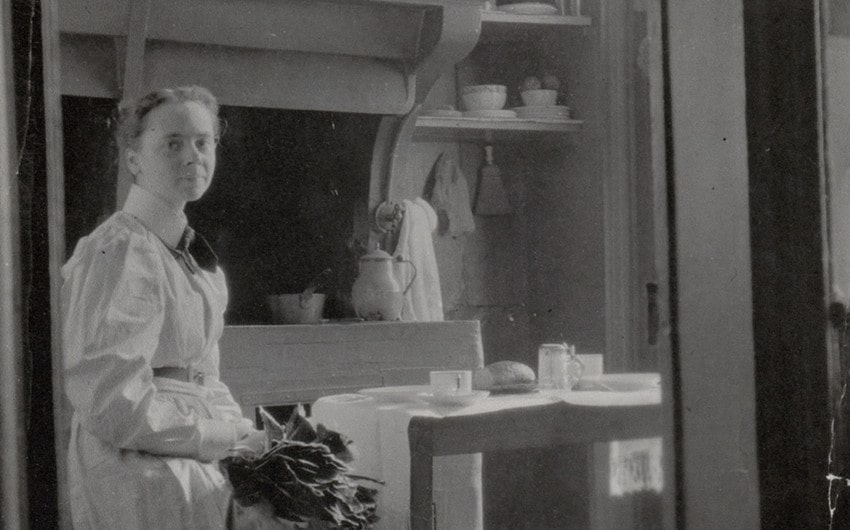Julia Morgan’s Net Worth: How a Trailblazing Architect Built Her Legacy
When you begin to explore Julia Morgan’s net worth, you’ll quickly realize you’re not just evaluating the numbers in her bank account. You’re looking at a life that rewrote the blueprint for women in architecture, at a career that shaped some of California’s most iconic buildings, and at a legacy that still stands strong—quite literally. Julia Morgan wasn’t just an architect; she was a force who redefined her field, carved out space in a male-dominated profession, and turned bold vision into structures that still speak volumes about her quiet genius. Her wealth, in the traditional sense, was modest. But the value of her impact? Practically incalculable.
Who Was Julia Morgan and Why Does She Matter?
You may know Julia Morgan as the architect behind Hearst Castle, but that one commission barely scratches the surface of what she accomplished. Born in 1872 in San Francisco, Morgan grew up at a time when women weren’t just underrepresented in the professional world—they were often actively excluded. Yet she pushed forward with remarkable focus. She graduated from the University of California, Berkeley with a degree in civil engineering, and went on to become the first woman admitted to—and graduate from—the prestigious École des Beaux-Arts in Paris in the field of architecture.
In 1904, she became the first licensed female architect in California. That milestone alone would make her noteworthy. But what she did with that license changed American architecture. Julia Morgan would go on to design more than 700 buildings, mostly in California, during a career that spanned over four decades. Her work combined elegance with innovation, tradition with resilience. She didn’t just draw beautiful buildings—she engineered them to survive, endure, and inspire.
Morgan’s significance extends beyond aesthetics or numbers. She broke barriers and opened doors for women in design and engineering at a time when the very idea was radical. She gave physical form to a belief that women belonged at the drafting table and on the job site. And she did it without asking for applause.
Career Milestones That Defined Her Influence
If you want to understand how Julia Morgan built her net worth—both literally and metaphorically—you need to trace her career through the buildings she created. After opening her own firm in San Francisco in 1904, she quickly became known for her technical skill and attention to detail. One of her early breakthroughs was the El Campanil bell tower at Mills College, completed in 1904. That tower famously withstood the devastating 1906 San Francisco earthquake without damage, cementing Morgan’s reputation as a master of reinforced concrete and earthquake-resistant design.
Morgan went on to design numerous YWCA buildings across the United States. These commissions were deeply meaningful—not just because they brought in steady work, but because they aligned with her values. She designed these buildings with dignity, grace, and functionality in mind, providing safe and welcoming spaces for women at a time when that was far from guaranteed.
Throughout her career, Morgan worked with a wide variety of clients, from universities and religious organizations to private homeowners. Her projects ranged from Mediterranean villas to Gothic-style chapels. No matter the style, she infused each one with craftsmanship, integrity, and a deep sensitivity to place and purpose. That consistency built her reputation—and her career stability.
Hearst Castle and the Wealth She Helped Shape
No discussion of Julia Morgan’s net worth would be complete without mentioning her most famous commission: Hearst Castle. Officially known as La Cuesta Encantada, this sprawling estate in San Simeon, California, was commissioned by newspaper tycoon William Randolph Hearst and remains one of the most iconic architectural landmarks in the country.
Morgan worked on the project for nearly 30 years, from 1919 to 1947. That collaboration turned into one of the longest architect-client relationships in American history. Hearst gave her immense creative freedom, and Morgan delivered with a mix of opulence, classical references, and structural innovation. The castle wasn’t just big—it was a marvel of engineering, with multiple buildings, swimming pools, gardens, and imported European elements all integrated into a singular vision.
While Hearst was the billionaire behind the estate, Morgan was the mind that made it real. And while she earned a good living from this project, she remained far more focused on the work than the wealth. Hearst once reportedly offered to pay her more than her invoice amount, acknowledging the exceptional quality of her work. She declined the overpayment, sticking to her agreed-upon rate.
That humility and professionalism defined her entire career. She didn’t chase excess or flaunt her earnings. She invested in excellence and reputation—and in doing so, she created a name that continues to generate admiration and academic study to this day.
Earnings and Financial Standing in Her Lifetime
So what did Julia Morgan actually earn during her lifetime? Unlike many male contemporaries who accumulated visible wealth and high-society status, Morgan kept a low profile. She charged competitive but not extravagant rates, stayed out of the spotlight, and maintained a modest lifestyle.
Records suggest that her earnings were solid, especially considering her workload and long-term clients. For someone operating a successful architectural practice for over 40 years—with high-profile commissions like Hearst Castle, and consistent work for institutions—her annual income likely ranged from $3,000 to $10,000 during various periods of her career. Adjusted for inflation, that would be roughly $50,000 to $200,000 per year in today’s money.
While she was financially comfortable, she wasn’t known for displays of wealth. She lived simply, poured her energy into her practice, and left behind an estate that was valuable more for its historical and cultural weight than its financial assets.
As a woman working in a male-dominated profession, Morgan also faced structural limitations that likely affected her earning potential. She was excluded from many elite architectural circles and award institutions during her lifetime. Her name was often overshadowed by male peers with fewer projects or less skill. That gender gap in recognition also translated into disparities in earnings.
So, What Would Julia Morgan’s Net Worth Be Today?
If you try to put a dollar figure on Julia Morgan’s net worth by today’s standards, the answer depends on how you define “worth.” Based strictly on earnings, her lifetime income might equate to several million dollars in today’s dollars—perhaps $3 million to $5 million depending on the valuation method.
But if you factor in the current value of her legacy, influence, and preserved works, the numbers rise dramatically. Hearst Castle alone draws hundreds of thousands of visitors a year, generating millions in tourism revenue. Her YWCA buildings, university halls, and residential masterpieces remain treasured parts of California’s architectural landscape.
If she had been compensated with royalties or long-term licensing fees on her most iconic works, Julia Morgan’s net worth today could rival that of prominent modern architects. But because she focused on function and legacy over profit, what she left behind wasn’t a fortune—it was something arguably more valuable: permanence.
She was posthumously awarded the AIA Gold Medal in 2014—the highest honor in American architecture. That recognition, coming decades after her death, was proof that her work has only gained value over time.
Featured Image Source: nytimes.com







